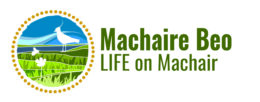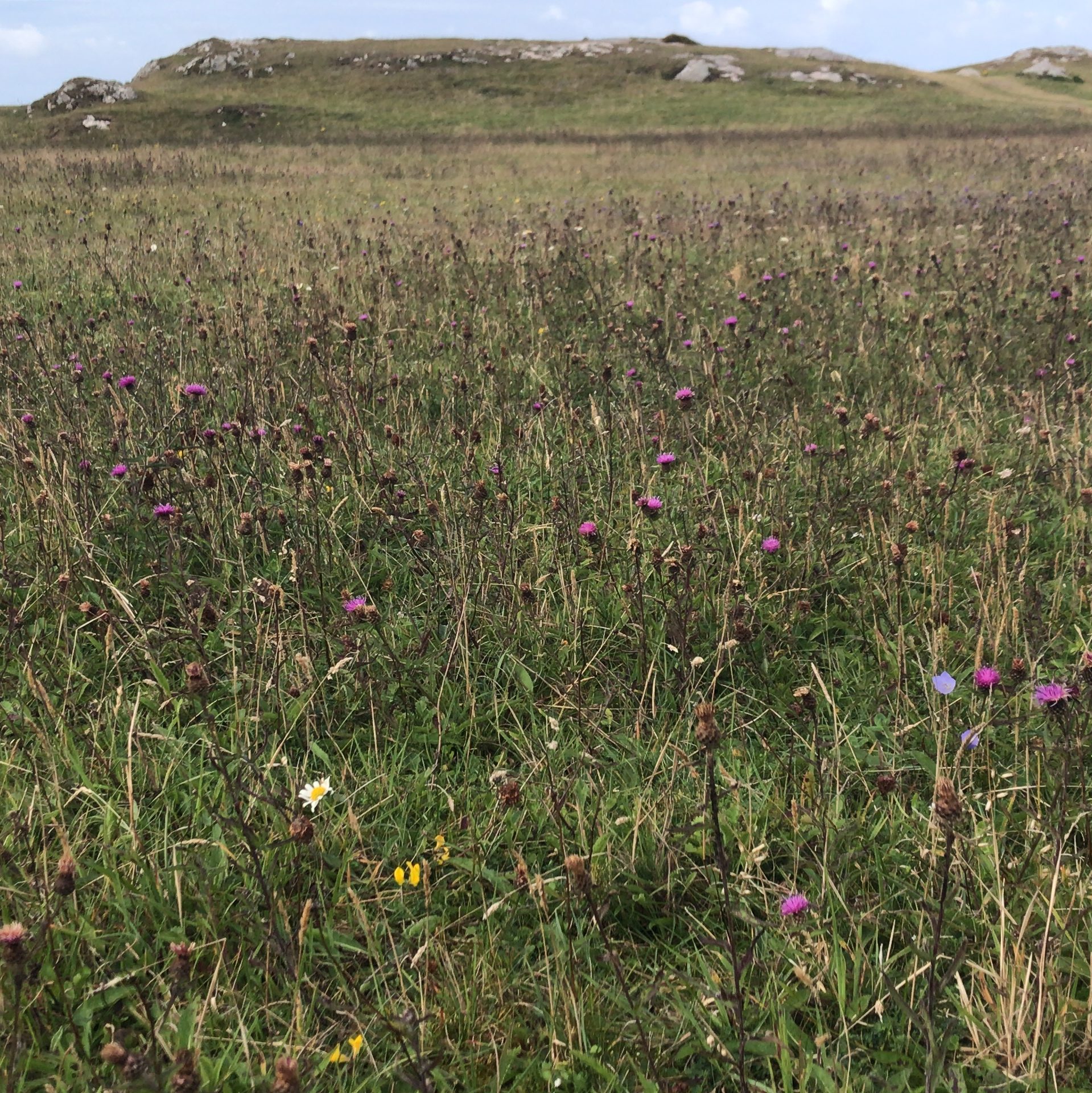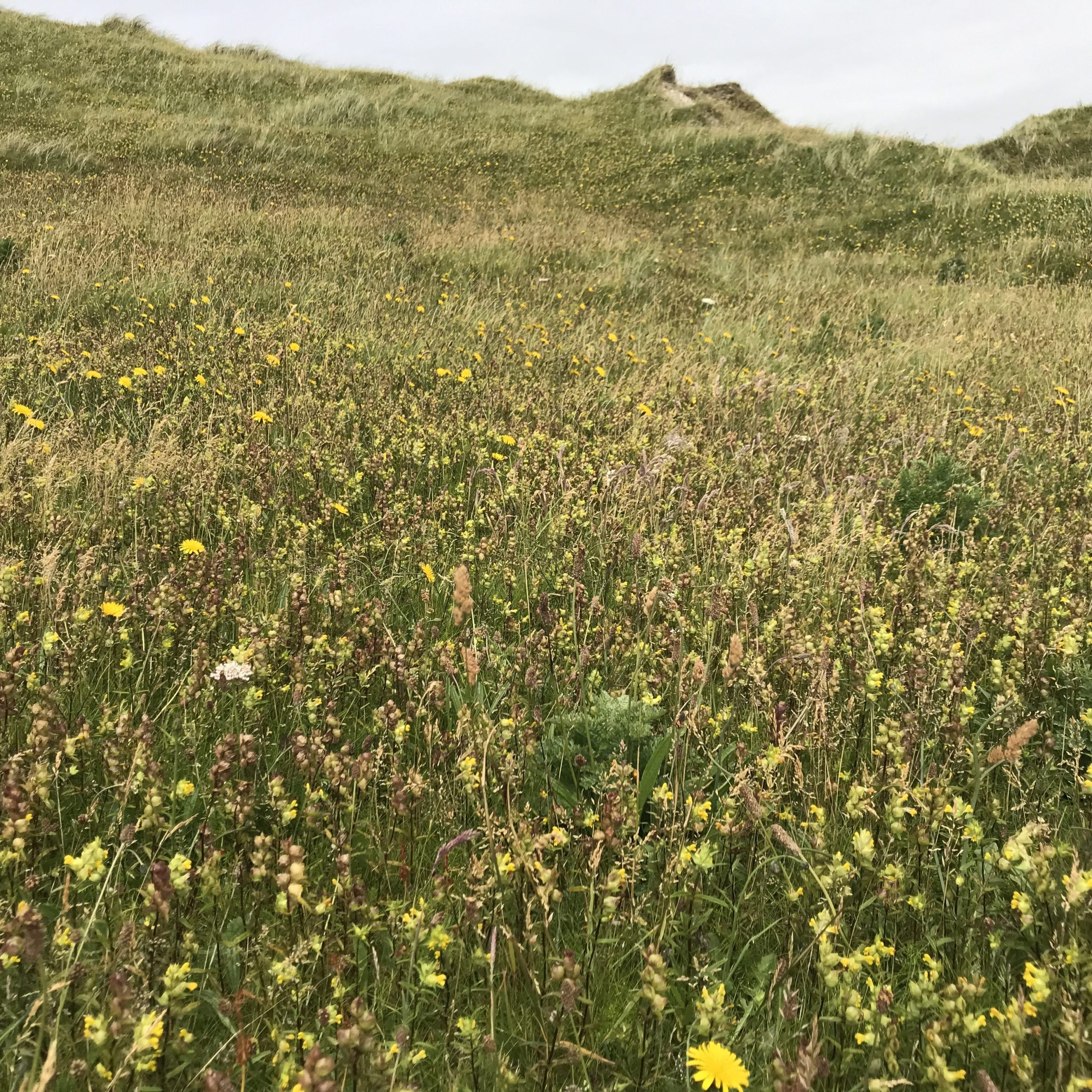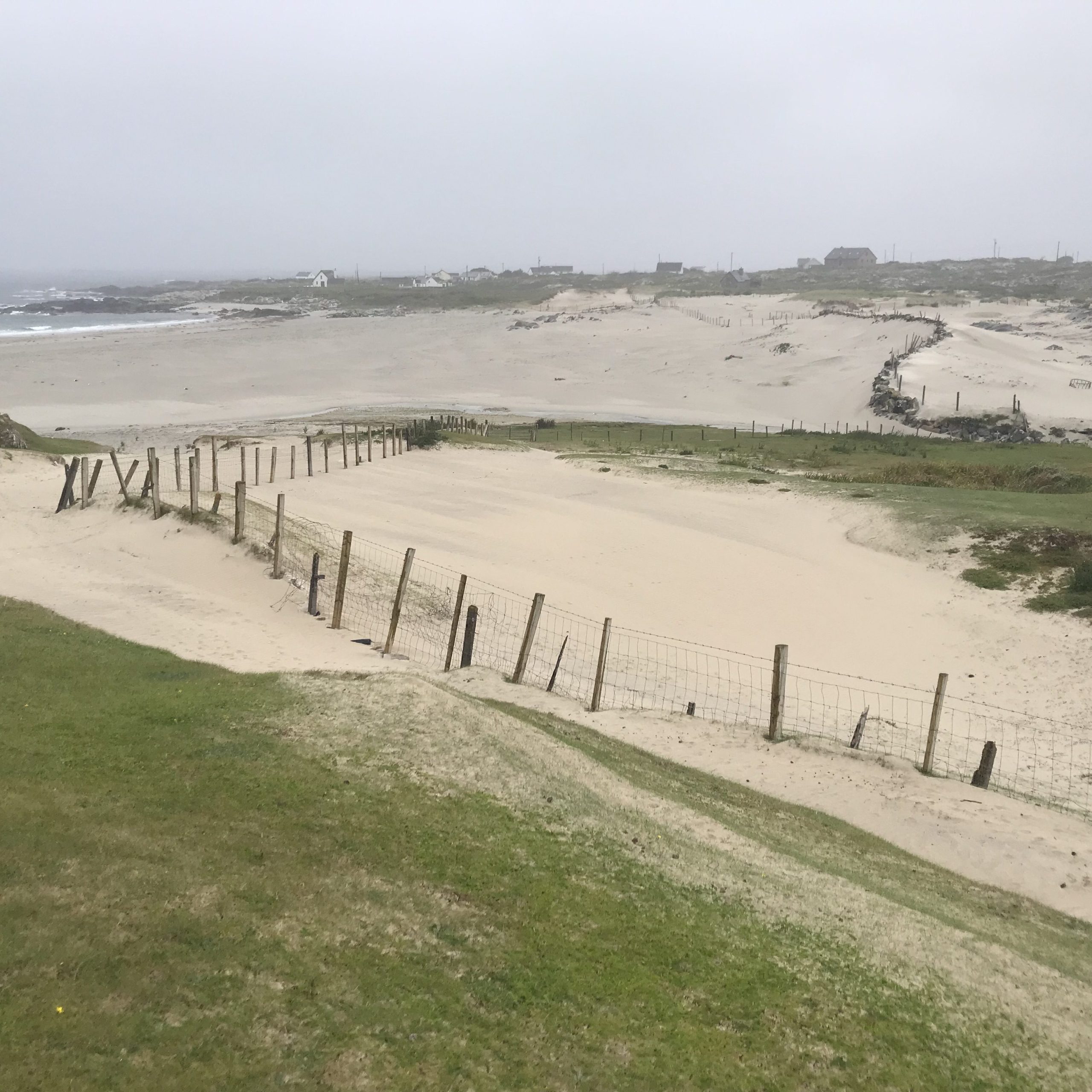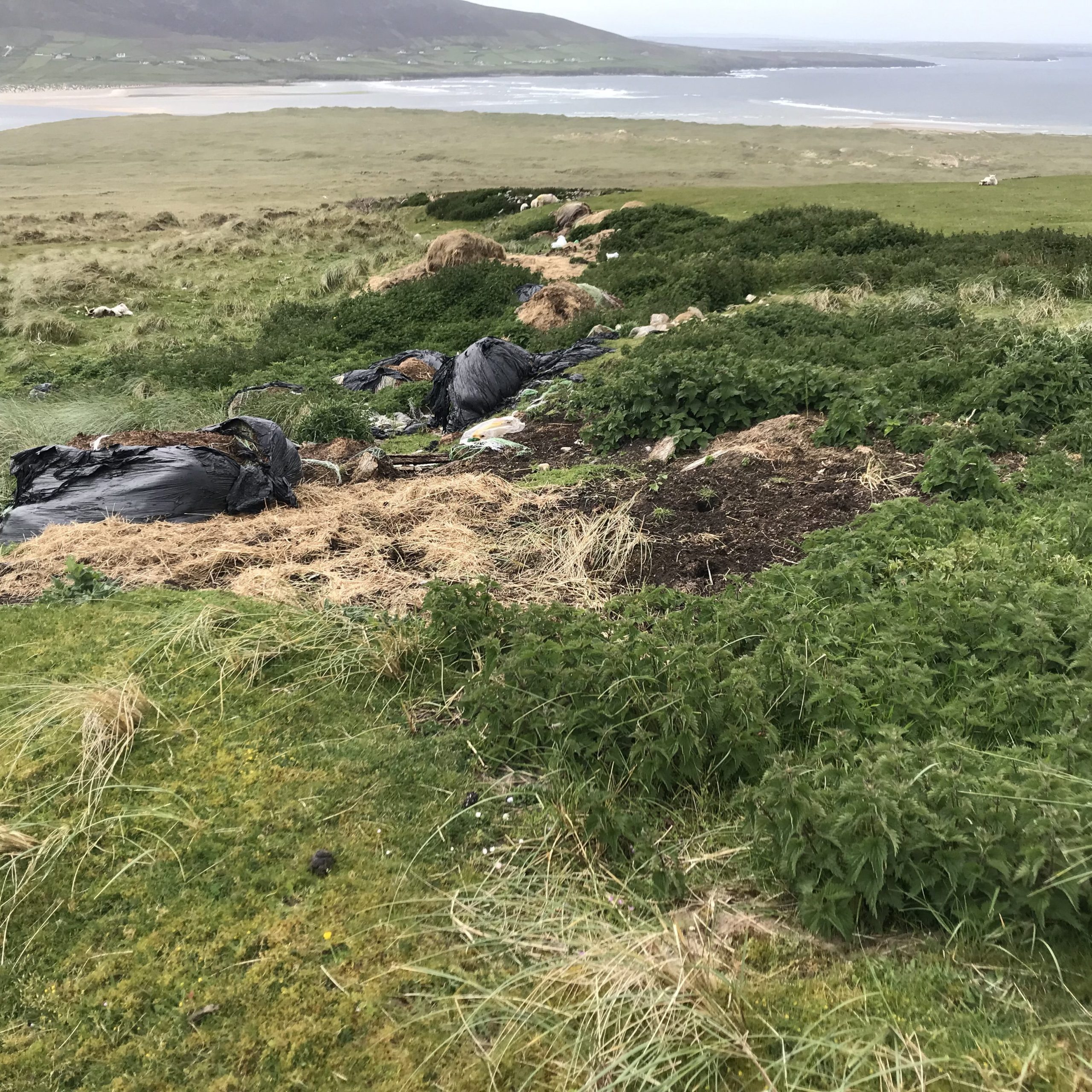Machair systems present a complex landscape mosaic of habitats comprising both wet and dry areas. They are bordered by beaches and sometimes extensive dune habitats on the seaward side, with wetland areas backed by peatland and heathland habitats on the landward side. It is this landscape mosaic of Machair (wetland and dryland habitats) that gives rise to a diversity of species, notably breeding waders and pollinators.
Conservation priorities
A number of habitats found in Machair system are listed as being of conservation interest within the EU (listed on Annex I of the under the EU Habitats Directive) with two recognised priority habitats (those requiring the highest level of conservation and protection). These habitats are Machair grassland (a rare grassland type unique to Machair systems and referred to as ‘Machairs’ with the EU Code *21A0), and Fixed dune grasslands (referred to as ‘Fixed dunes’ with the EU Code *2130 (note that priority habitats listed on Annex I of the EU Habitats Directive are always denoted by an *).
In 2019, as part of Ireland’s reporting for the EU Habitats Directive, Machair and Fixed dune grassland were both assessed as being in Unfavourable – Bad conservation status nationally. This means that the habitats are in serious danger of disappearing, at least regionally. Further evidence suggests there has been ongoing degradation since 2013 (see NPWS 2019).
Within the LIFE on Machair project target areas, project actions will be targeted to improve the conservation status of approx. 1,200 ha of ‘Machairs’ (*21A0), that is 39% of the total area of Machair grassland habitat in Ireland (and the EU), and approx. 1 000 ha of ‘Fixed dunes’ (*2130) or 12% of the total area of this habitat in Ireland.
Machair and Fixed dune grassland habitats
Machair grasslands are coastal plains derived from wind-blown sand and this grassland type is restricted to the northwest in Ireland. Post-Brexit, the entire EU land cover of *21A0 Machairs occurs in Ireland. The soil underpinning Machair grassland has a significant percentage of shell-derived material, and the vegetation is herb-rich, with a low frequency of sand-binding species. Over millennia the habitat has developed in close association with farming, particularly traditional methods practised up until the 1970s in Ireland.
Machair grassland forms extensive plains on some of the LIFE on Machair project sites, often with hummocks (notable at The Valley project site) and/ or occurring on hillsides (such as at the Murvey project area).
Fixed dune grassland occurs mainly on larger dune systems, found inland of the zone dominated by marram. This habitats occurs where the dune stabilises and the organic content of the sand increases. This is an extremely complex habitat type with a number of sub-types. The vegetation is species rich and can grade into Machair grassland, and they often form a complex together.
LIFE on Machair actions to improve habitat quality
The main activities affecting Machair and Fixed dune grassland habitat quality can vary from site to site. In general the habitat should be species diverse, show a good variety in relation to structure and there should be no ongoing damaging activities.
The key LIFE on Machair activities for habitats will be working with farmers and landowners to identify how to conserve and restore good habitat quality, and by trialling habitat restoration techniques targeted for each site type.
